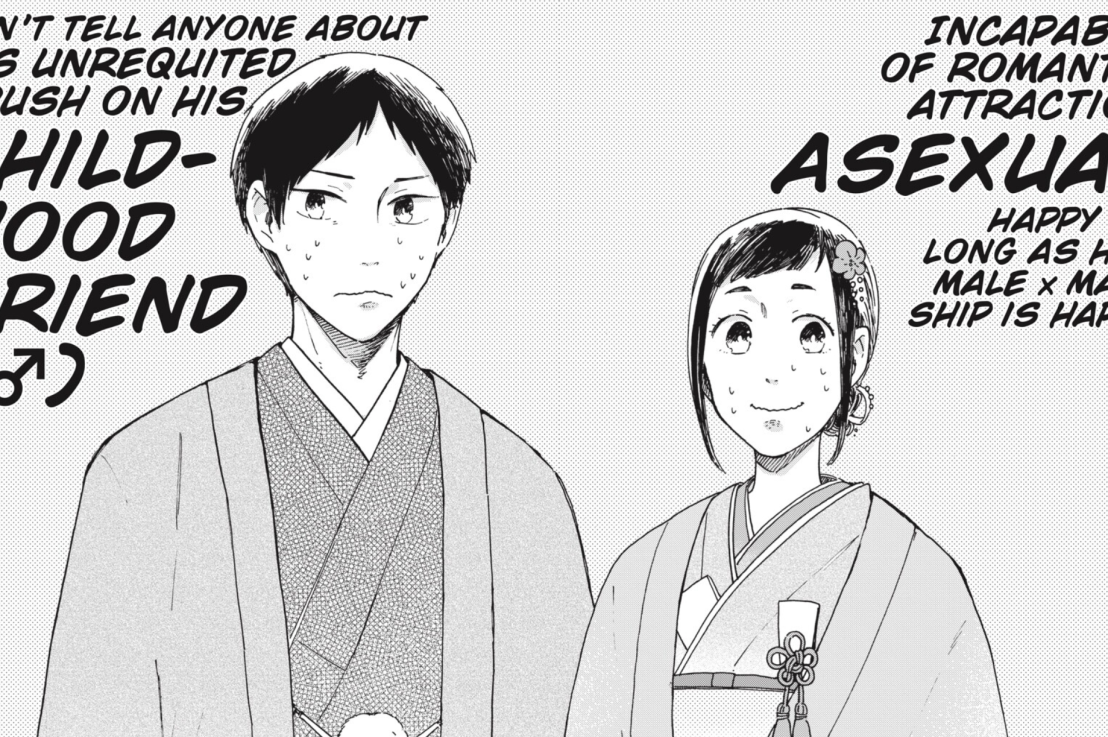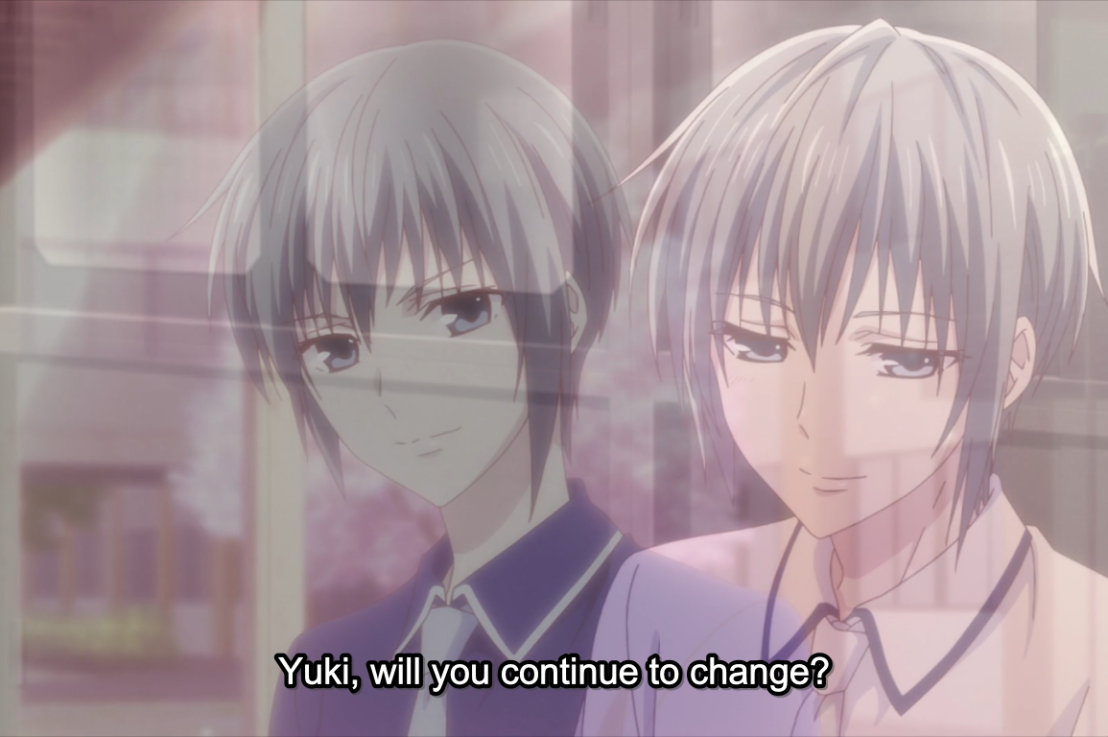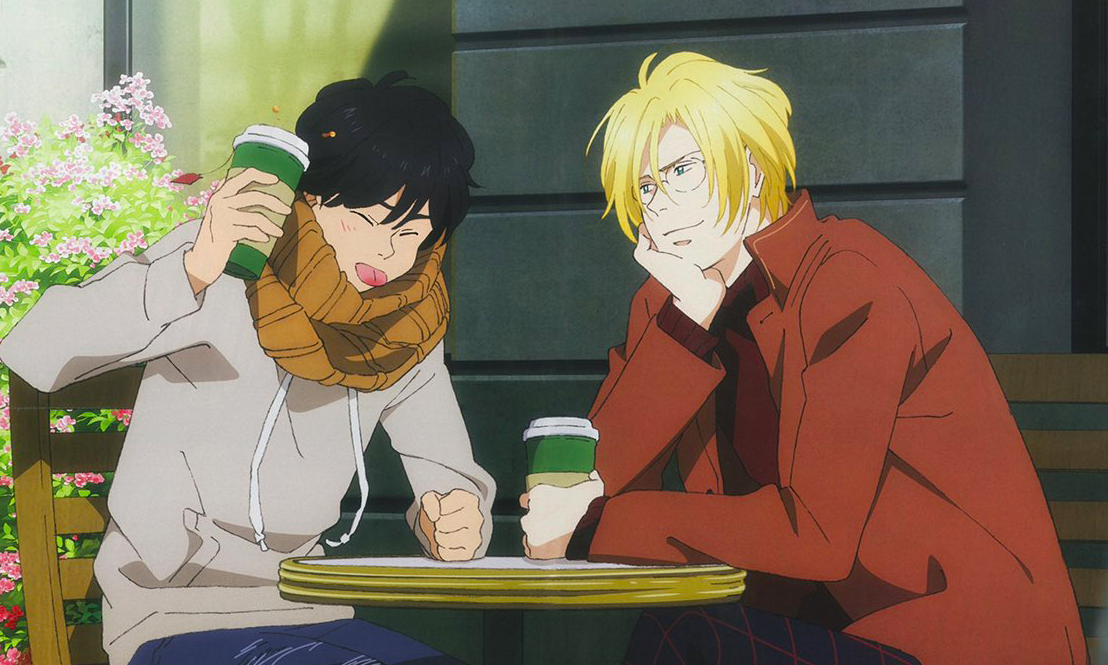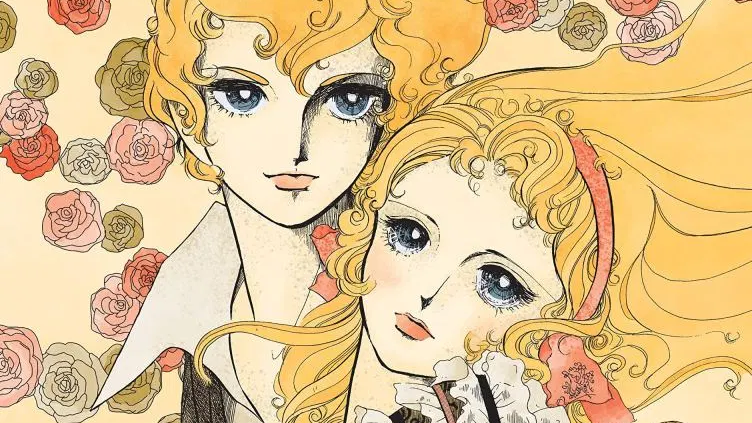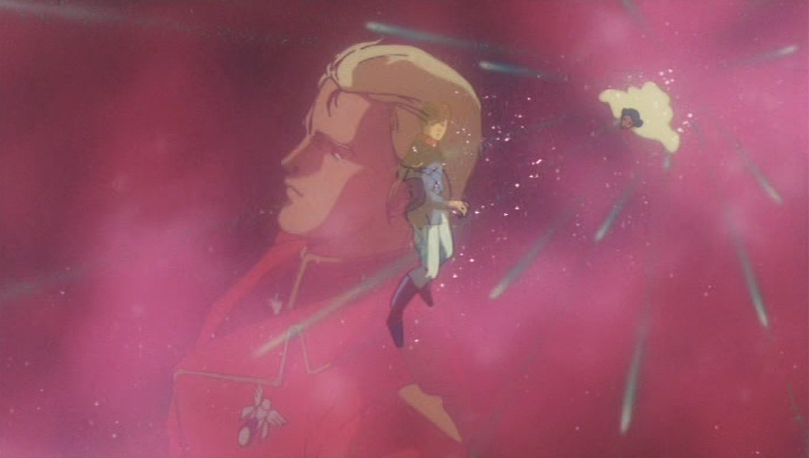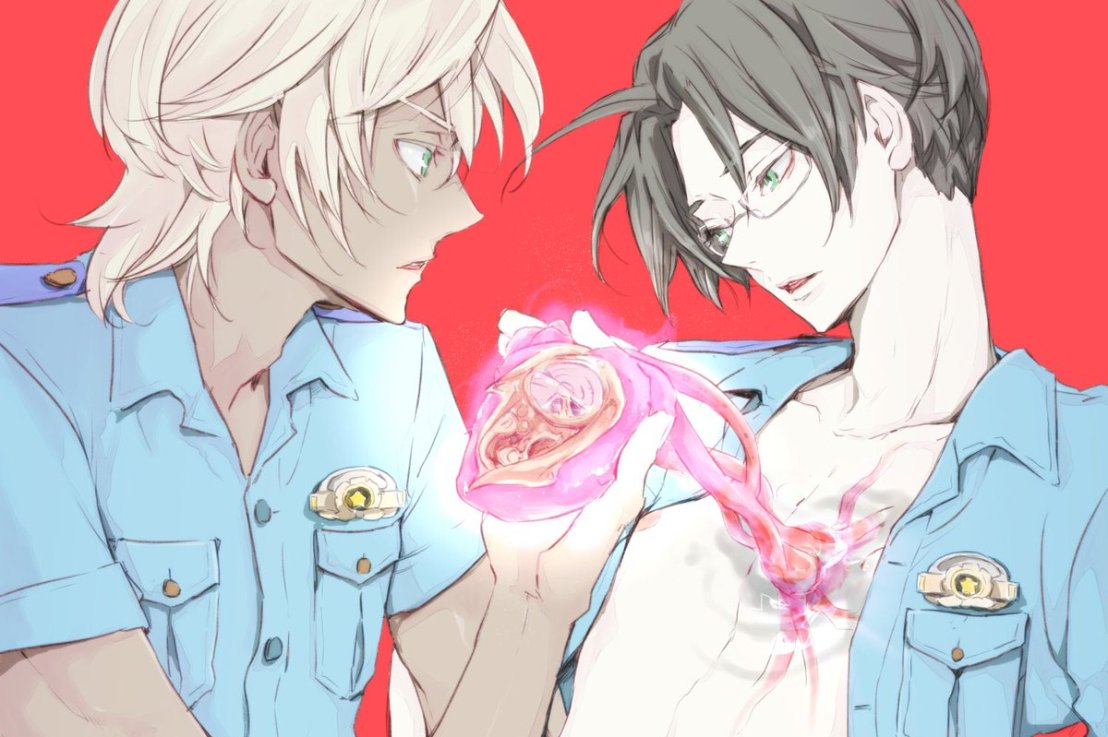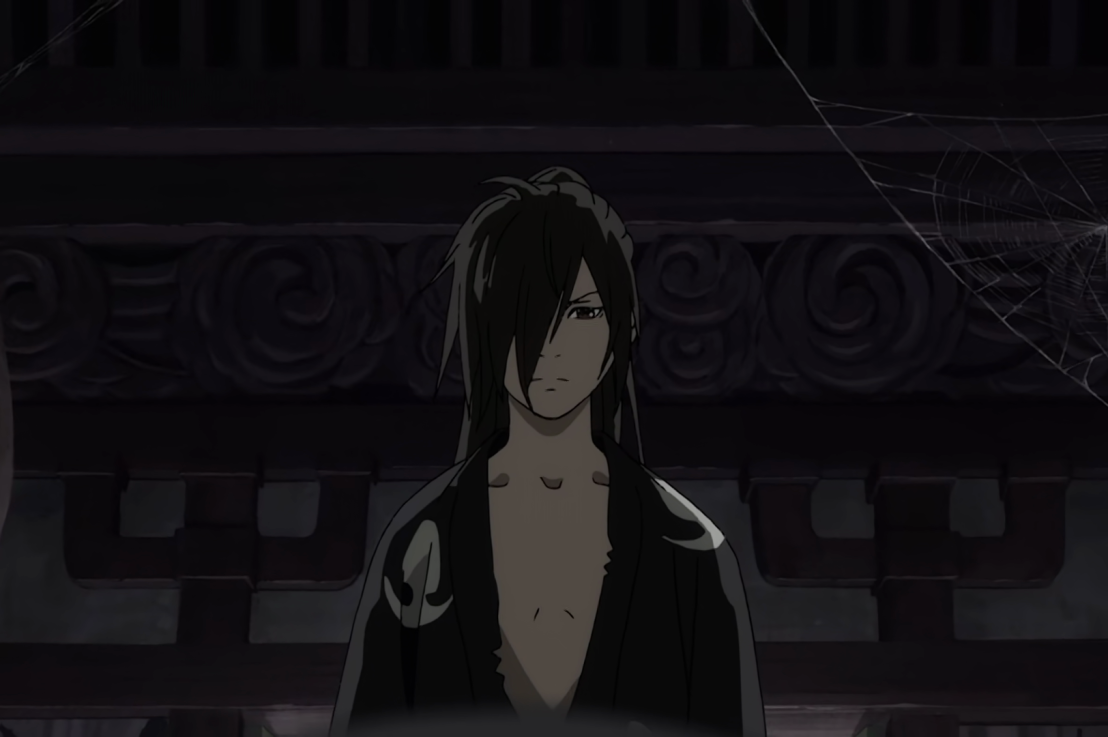It feels like every time two female characters become a couple in a cartoon for children, some people steer the conversation toward (the lack of) gay male characters in animation instead. Specifically, they claim that lesbians and bisexual women are over-represented in fiction compared to gay and bisexual men. In actuality, all kinds of LGBTQ identities are vastly outnumbered by heterosexual and cisgender characters.
As a lifelong fan of cartoons, a number of examples come to mind when others lament a lack of gay and bisexual male characters. They often appear in the same cartoons as lesbian and bisexual female characters: OK K.O.! Let’s Be Heroes, She-Ra and the Princesses of Power, Steven Universe, The Loud House, Twelve Forever, etc. No one’s obligated to watch or enjoy the source material, but people act as if they don’t exist. On one hand, I don’t want to derail news about lesbians. On the other hand, perhaps an informative resource could expand the conversation and prevent bad faith in the future.
Before we get to the list, let’s first establish that LGBTQ creators take precedent over fictional characters, whether they’re out and whether they have LGBTQ characters. In observance of Pride Month and in honor of Black Lives Matter, here are ten openly LGBTQ Black people in animation to start with. You can also find this list at the end of the article.
Now, here it is: an article of just what it says on the tin, created to answer “where are the gay/bi male characters?” in good faith. It’s not about gay and bisexual men behind the scenes, the history of queer-coding, or characters in animation aimed at adults. A little subjective analysis here and there, but aiming to mostly state the facts. As such, these are not recommendations or endorsements. This is not a comprehensive list of every single instance of gay and bisexual male characters in children’s animation, either. It is an overview of patterns within the last decade primarily from the United States, with illustrative examples for each category. (Unfortunately, some examples come from cartoons with allegedly abusive creators. The titles have been marked with an asterisk and you can read the allegations here.) It is incomplete without characters outside the Anglosphere (such as Henri and Masato from Hugtto! Pretty Cure), and does not claim otherwise. Feel free to add your own examples via comments, but please don’t frame it as if they’ve been forgotten or erased.
Continue reading “Where to Find Gay and Bisexual Male Characters in Recent Children’s Cartoons: An Incomplete Overview” →
